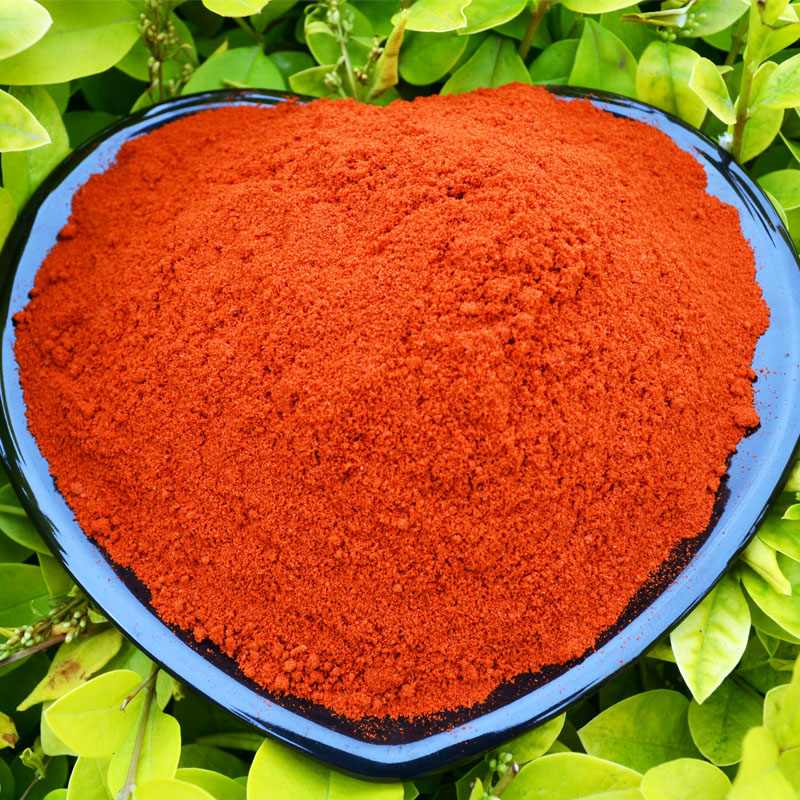- No. 268 Xianghe Street, Economic Development Zone of Xingtai city, Hebei 054001 China
- Byron@hbhongri.cn
Fermenting Dried Chili Peppers for Flavorful Sauces and Spicy Delights
Fermenting Dried Chili Peppers A Flavorful Journey
Fermenting dried chili peppers is an ancient technique that not only preserves the peppers but also enhances their flavor, complexity, and health benefits. This method transforms ordinary dried chilies into a condiment that can elevate numerous dishes, providing an umami punch and a hint of tanginess that is hard to replicate with other sauces. This article will guide you through the fascinating process of fermenting dried chili peppers, exploring the science behind fermentation, the different types of peppers to use, and some delicious ways to enjoy the end product.
The Science of Fermentation
At its core, fermentation is a biological process involving the conversion of sugars into acids, gases, or alcohol by microorganisms such as bacteria, yeast, and mold. In fermentation of dried chili peppers, lactic acid bacteria (LAB) are the primary agents. These beneficial bacteria thrive in anaerobic (oxygen-free) environments, breaking down the sugars found in the peppers and producing lactic acid as a byproduct. This leads to the preservation of the peppers, enhances their flavor, and introduces a range of probiotics beneficial for gut health.
Choosing the Right Peppers
When it comes to fermenting dried chili peppers, the choices are plentiful. Popular varieties include ancho, guajillo, and arbol peppers, each offering unique flavors and heat levels. Ancho peppers add a sweet, fruity flavor, while guajillo peppers contribute a tangy, berry-like taste. Arbol peppers are known for their intense heat and earthy undertones. It's essential to select high-quality dried peppers—preferably organic—to ensure the best results and highest probiotic activity.
The Fermentation Process
1. Preparation Start by cleaning the dried chili peppers under running water to remove any dust or debris. If desired, you can soak them in water for a few hours to rehydrate, making them easier to blend later.
2. Blending After cleaning, remove the stems and seeds (if a milder flavor is preferred) before placing the dried peppers in a blender. Add some water and any additional ingredients you might want—such as garlic, salt, or spices. The salt is crucial as it helps inhibit the growth of undesirable bacteria while promoting the growth of LAB.
fermenting dried chili peppers

3. Creating the Fermentation Environment Transfer the blended pepper mixture into a clean glass jar, leaving some space at the top. Seal it with a tight lid or use a fermentation weight to keep the mixture submerged beneath its brine. Place the jar in a cool, dark area for a week or two, depending on the desired tartness.
4. Monitoring During the first few days, check the mixture regularly. You'll notice bubbles forming, which indicates active fermentation. If any mold develops on the surface, simply skim it off.
5. Finalizing the Fermentation After about one to two weeks, taste your fermented chili mixture. If it's tangy enough for your liking, it’s time to process it. At this point, you can blend it again to achieve a smoother consistency or leave it chunky, depending on personal preference.
Advantages of Fermenting Dried Chili Peppers
Fermented chili paste is not just about flavor; it also packs a nutritional punch. The fermentation process enhances the bioavailability of vitamins and minerals and introduces beneficial probiotics into your diet, aiding digestion and improving gut health. Additionally, fermented chili paste can act as a natural preservative, lasting much longer than fresh peppers.
Culinary Uses
Once fermented and processed, your chili paste can be used in a variety of dishes. It can enhance salsas, marinades, soups, and even salad dressings. Use it as a topping for tacos, grilled meats, or roasted vegetables, or incorporate it into stews for an added depth of flavor. The versatility of this condiment makes it a staple in any kitchen.
Conclusion
Fermenting dried chili peppers taps into both a time-honored tradition and a modern culinary trend. It is a rewarding process that not only extends the shelf life of peppers but also infuses them with complex flavors and health benefits. Whether you're a seasoned home cook or just beginning your culinary adventure, consider adding fermented chili peppers to your repertoire—you'll be amazed at what this simple process can do for your dishes.
-
The Versatile Uses and Benefits of Capsicum Frutescens Oleoresin and ExtractsNewsJun.03,2025
-
Paprika&Chili Products Enhancing Flavor and Wellness in Every BiteNewsJun.03,2025
-
Paprika Extract and Capsicum Applications in Food and IndustryNewsJun.03,2025
-
Exploring the Benefits and Uses of Turmeric Powder and Curcumin ExtractNewsJun.03,2025
-
Discover the Bold Flavor of Premium Chilli Powder from ChinaNewsJun.03,2025
-
Capsicum Oleoresin Extract: A Potent Natural Ingredient in Modern ApplicationsNewsJun.03,2025







